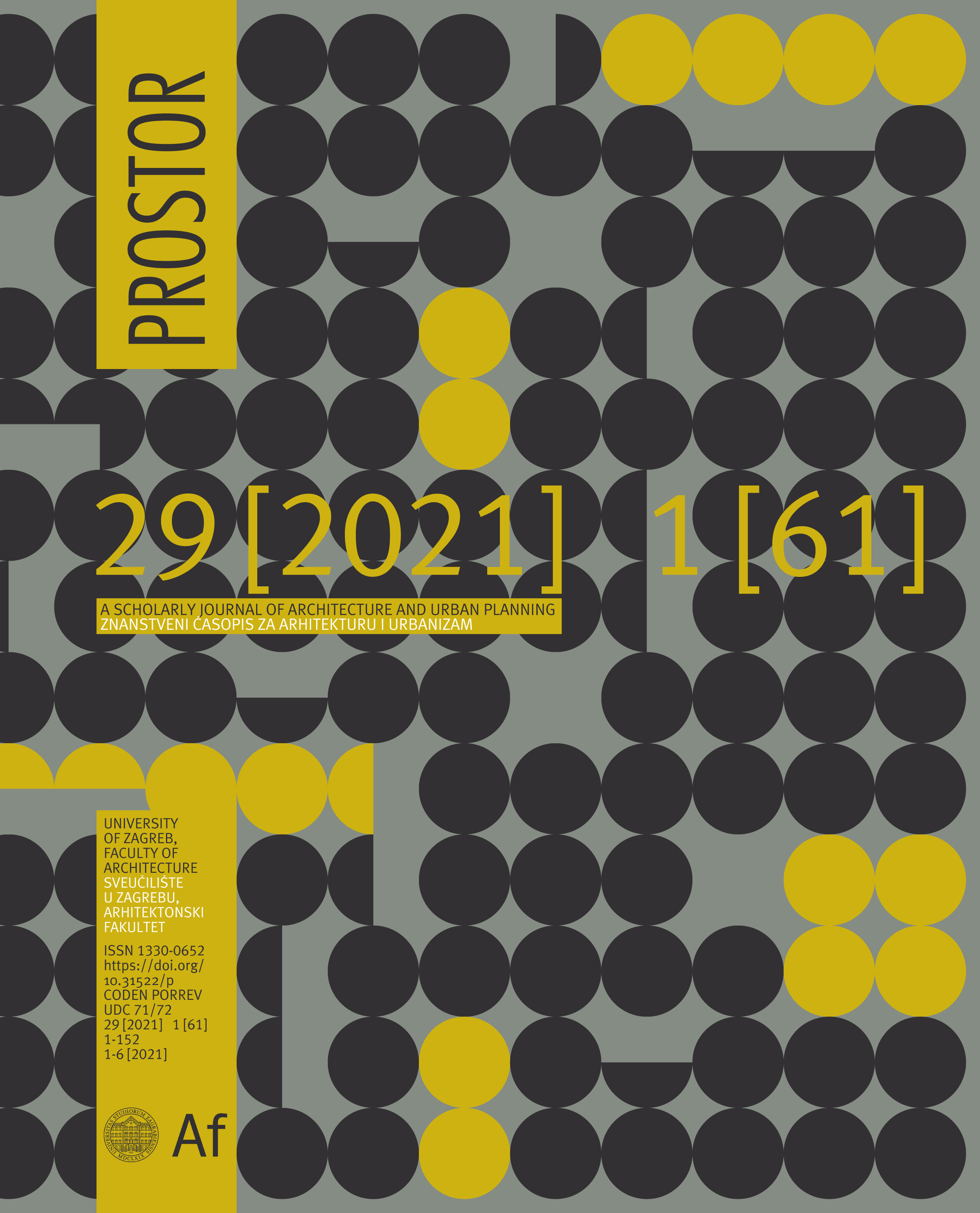Reconciling Architectural Design with Seismic Codes
A Comparative Architectural Analysis for Mid-Rise Reinforced Concrete Residential Buildings in Turkey
DOI:
https://doi.org/10.31522/p.29.1(61).4Keywords:
architectural design, reinforced concrete, residential buildings, seismic code, seismic designAbstract
Seismic codes include strict requirements for the design and construction of mid-rise reinforced concrete residential buildings. These requirements call for the symmetric and regular arrangement of the structural system, increased cross-sections for columns, and the introduction of shear walls to counteract the effects of lateral seismic loads. It is challenging for architects to reconcile the demands of these codes with the spatial arrangement and commercial appeal of their designs.
This study argues that such reconciliation is possible through an architectural analysis. First, the effectiveness of applying the seismic design principles required by the codes is demonstrated with the comparative analysis of two finite element models. Then three pairs of architectural models, representing the most common floor plan arrangements for such buildings in Turkey, are architecturally analyzed before and after the application of seismic design principles in terms of floor area and access to view. The results demonstrate that within the context defined by the methodology of this study, considerable seismic achievement can be achieved in mid-rise reinforced concrete residential buildings by the application of relatively few, basic design features by the architects.
Downloads
Published
How to Cite
Issue
Section
License
Copyright (c) 2021 Cengiz Özmen

This work is licensed under a Creative Commons Attribution 4.0 International License.
Copyright (c) 2021 authors and journal.
This work is licensed under a Creative Commons Attribution 4.0 International License.
Authors who publish with this journal agree to the following terms:
In agreeing this form, you certify that:
- You read the ethical codex of the PROSTOR available at journal web.
- You submitted work is your original work, and has not previously been published and does not include any form of plagiarism.
- You own copyright in the submitted work, and are therefore permitted to assign the licence to publish to PROSTOR.
- Your submitted work contains no violation of any existing copyright or other third party right or any material of an obscene, libellous or otherwise unlawful nature.
- You have obtained permission for and acknowledged the source of any illustrations, diagrams or other material included in the work of which you are not the copyright owner.
- You have taken due care to ensure the accuracy of the work, and that, to the best of your knowledge, there are no false statements made within it.
- All co-authors of this submitted work are aware of, and in agreement with, the terms of this licence and that the submitted manuscript has been approved by these authors.







